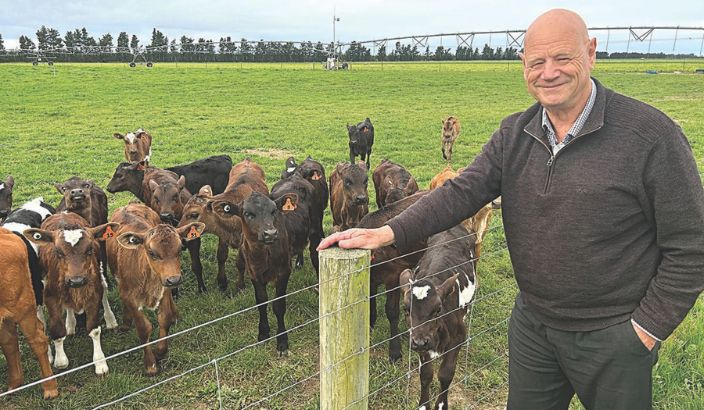Biological Grass Grub control: A sustainable solution


John Barnes, managing director, Fertilizer New Zealand. Photo: Supplied.
John Barnes - Fertilizer New Zealand
Grass grubs are among New Zealand’s most damaging pasture pests, undermining root systems and reducing productivity across both pastoral and horticultural land. While the effects of their destruction are most visible from March to June, their life cycle and the real damage begins much earlier in spring.
Several species of grass grub exist in New Zealand, each with slight variations, but all follow a general life cycle that makes them susceptible to biological control methods. In spring, adult beetles emerge and take flight, typically between September and December. Females lay around 40 eggs near vegetation or sheltered areas. These hatch within three weeks, and the larvae begin feeding on plant roots.
The resulting damage may not be immediately noticeable, often surfacing only when plants come under stress or root systems are significantly compromised. In horticulture, the adult beetles pose a further threat by damaging fruit such as apples and plums, rendering them unfit for export.
To combat this pest sustainably, biological solutions are gaining traction. Two key products MPOWER™ and VITALIFE™ developed by Fertilizer NZ, harness the power of beneficial microbes and fungi to disrupt the grub’s lifecycle. These biological agents infect and kill the larvae in the soil without disturbing the broader soil ecology.
One standout microbe, Serratia, causes amber disease in grass grubs a natural, fatal infection that curbs population growth. Fertilizer NZ enhances this approach by using a diverse microbial mix, improving the chances of targeting various grub species and increasing overall efficacy.
MPOWER™ is a flexible, liquid biological product that can be sprayed, injected, or applied directly to plants. It contains a broad spectrum of microbes and fungi that not only suppress grass grub populations but also enhance soil biodiversity.
VITALIFE™, on the other hand, combines similar microbial life with organic compost and carbon materials. This combination helps raise soil carbon levels, boosts water retention, improves fertilizer efficiency, and supports the nitrogen cycle critical benefits for long-term soil health.
Even a 1% increase in soil carbon can substantially enhance water-holding capacity, a vital advantage during dry periods and for preventing nutrient runoff. Timing is crucial. Applications are most effective in early stages during spring and early summer when beetles are active and larvae are hatching. Early intervention and consistent monitoring are essential to breaking the pest’s lifecycle.
In conclusion, biological control offers a chemical-free, environmentally sound strategy to tackle grass grub infestations. Beyond pest control, products like VITALIFE™ and MPOWER™ promote soil health, resilience, and productivity making them a smart choice for sustainable farming in New Zealand.
For more information on these products call our team on 0800 337 869 or visit www.fertnz.co.nz
